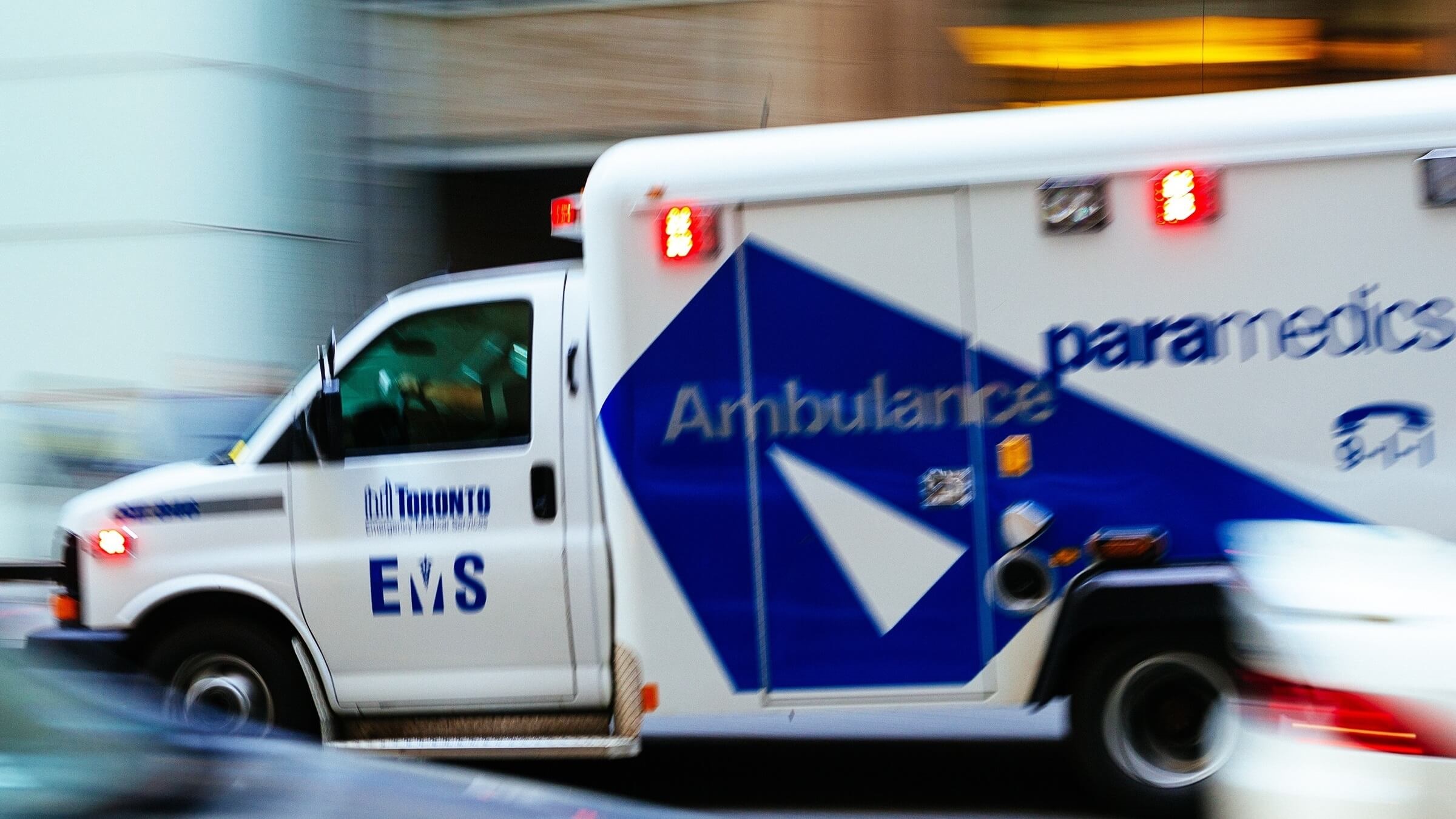Stroke damage could be reduced thanks to an innovative new drug that protects the brain during a stroke. And now the race is on to get that drug to patients as fast as possible.
The drug, NA-1, acts as a shield for the brain, according to early evidence. It does not dissolve blood clots; rather it acts as a neuroprotectant, effectively pressing pause on the toxic chemical reactions triggered by stroke, which build and suffocate healthy brain tissue.
Over the years, more than a thousand neuroprotectant drugs have emerged. NA-1, developed by neurosurgeon Dr. Michael Tymianski and his team at University Health Network, with partial funding from Heart & Stroke donors, is the first drug in history to demonstrate a capacity to reduce stroke damage caused in patients.
“If NA-1 is given in the appropriate time window, it has the potential to dramatically reduce the amount of brain damage that occurs,” says Dr. Tymianski. “It allows the brain to hold its breath for longer.”
This year alone, 62,000 Canadians will have a stroke. For every minute stroke goes untreated, 1.9 million brain cells die.
NA-1 will be an important addition to the existing arsenal for stroke treatment. Currently the only drug approved to treat ischemic stroke is tPA, which can dissolve blood clots in the brain. To receive it, patients must undergo a CT scan and be assessed by a neurologist. Not everyone who has a stroke can receive tPA. And to complicate matters, eligible patients must receive tPA within 4½ hours from the onset of stroke.
NA-1 would buy a patient critical time by stopping the loss of brain cells until a medical team can administer tPA.
“A stroke can be very devastating because it occurs suddenly,” Dr. Tymianski explains. “The timeframe for treating a stroke is extremely short. Within minutes brain cells begin to die. This is a disease where the ability to make a difference is counted in minutes and hours.”
To get the treatment to patients even faster, Dr. Tymianski is also exploring new delivery methods, ranging from an EpiPen-type injection to an inhaler. If successful, these automatic delivery models could potentially place a life-saving intervention directly in the hands of patients.
Drug advances could buy crucial time for stroke patients
NA-1 helps reduce damage in healthy brain tissue
